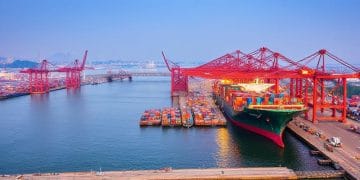The United States’ proposal to impose retaliatory tariffs of up to 46% on imports from Việt Nam is prompting businesses and government leaders to reassess development strategies and strengthen domestic supply chains. The issue was the focus of a seminar, “US Countervailing Tariffs and Việt Nam’s Corporate Response,” hosted by the Việt Nam Chamber of Commerce and Industry (VCCI) in Hà Nội on April 18.
VCCI Chairman Phạm Tấn Công said during the opening remarks that the executive order signed by US President Donald Trump to propose new tariffs on goods from more than 180 economies has created new uncertainties for global trade. Công noted that the US accounted for nearly 30% of Việt Nam’s export turnover in 2024, particularly in sectors such as electronics, textiles, footwear, wood products, seafood, and machinery.
According to Công, the implementation of the proposed tariffs could result in loss of market share, production disruptions, job reductions, and broader impacts on economic growth and social welfare in Việt Nam. He emphasized the need for Vietnamese businesses to enhance domestic capabilities and adapt to changing conditions in global trade.
Cấn Văn Lực, Chief Economist at BIDV, highlighted that the tariffs could increase annual costs for Vietnamese exporters by as much as US$55 billion under a 20–25% tariff scenario. He compared this to an estimated US$1.2 billion in lost tax revenue if Việt Nam were to eliminate tariffs on US imports. Lực suggested that proactive trade negotiations and market diversification would be important to maintain a balanced trade relationship.
To address the potential impacts, Công outlined five key recommendations:
- Strengthen high-level strategic dialogue with the United States and increase imports of American goods such as LNG, agricultural products, and high-tech equipment.
- Diversify export markets by leveraging existing free trade agreements such as the EVFTA, CPTPP, and RCEP.
- Restructure domestic supply chains and increase localisation rates in key industries.
- Integrate Vietnamese businesses into US supply chains in sectors such as semiconductors, renewable energy, and green technologies.
- Upgrade logistics, infrastructure, and workforce skills to meet new international requirements.
Đậu Anh Tuấn, Head of Legal Affairs and Deputy Secretary General of VCCI, encouraged businesses to actively monitor international policy changes, adjust export strategies, and ensure transparency regarding the origin of goods. He noted that Việt Nam currently utilizes about 31% of its available free trade agreement benefits, indicating room for growth.
Tuấn also emphasized the potential of Việt Nam’s domestic market, pointing to a population of 100 million and a growing middle class as a source of future demand.
Several business representatives at the seminar advocated for greater support in accessing green finance to help enterprises meet sustainability standards increasingly required by global partners.
In closing remarks, Lực characterized 2025 as a pivotal year for Việt Nam, calling for a proactive and reform-oriented approach to strengthen the country’s position in the global economy.
Discover in-depth supply chain report news insights at The Supply Chain Report. For international trade tools, see ADAMftd.com.
#USTariffs #VietnamSupplyChain #TradeAdjustments #GlobalTrade #SupplyChainStrategy #TariffImpact #InternationalTrade

















